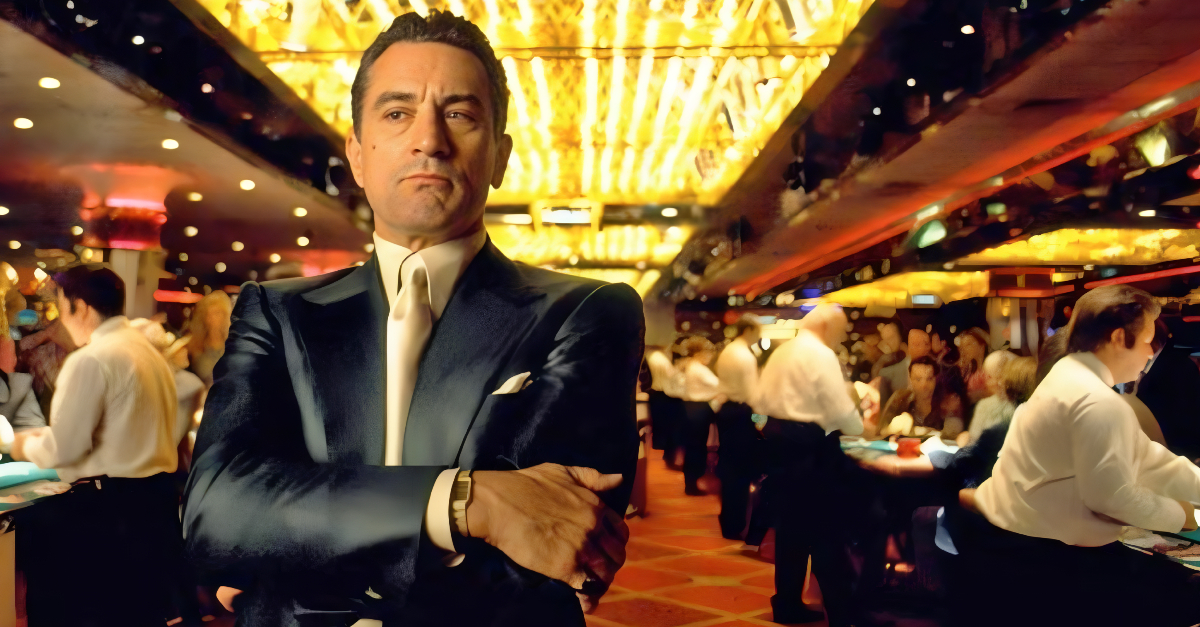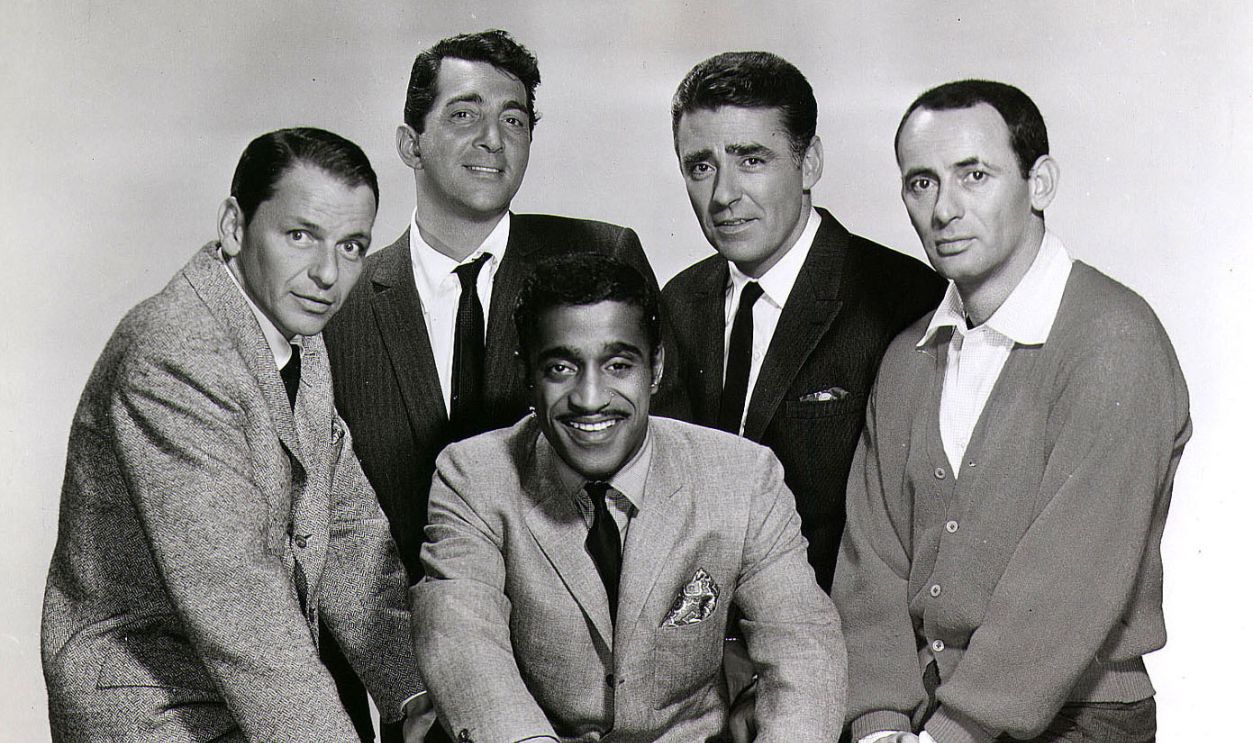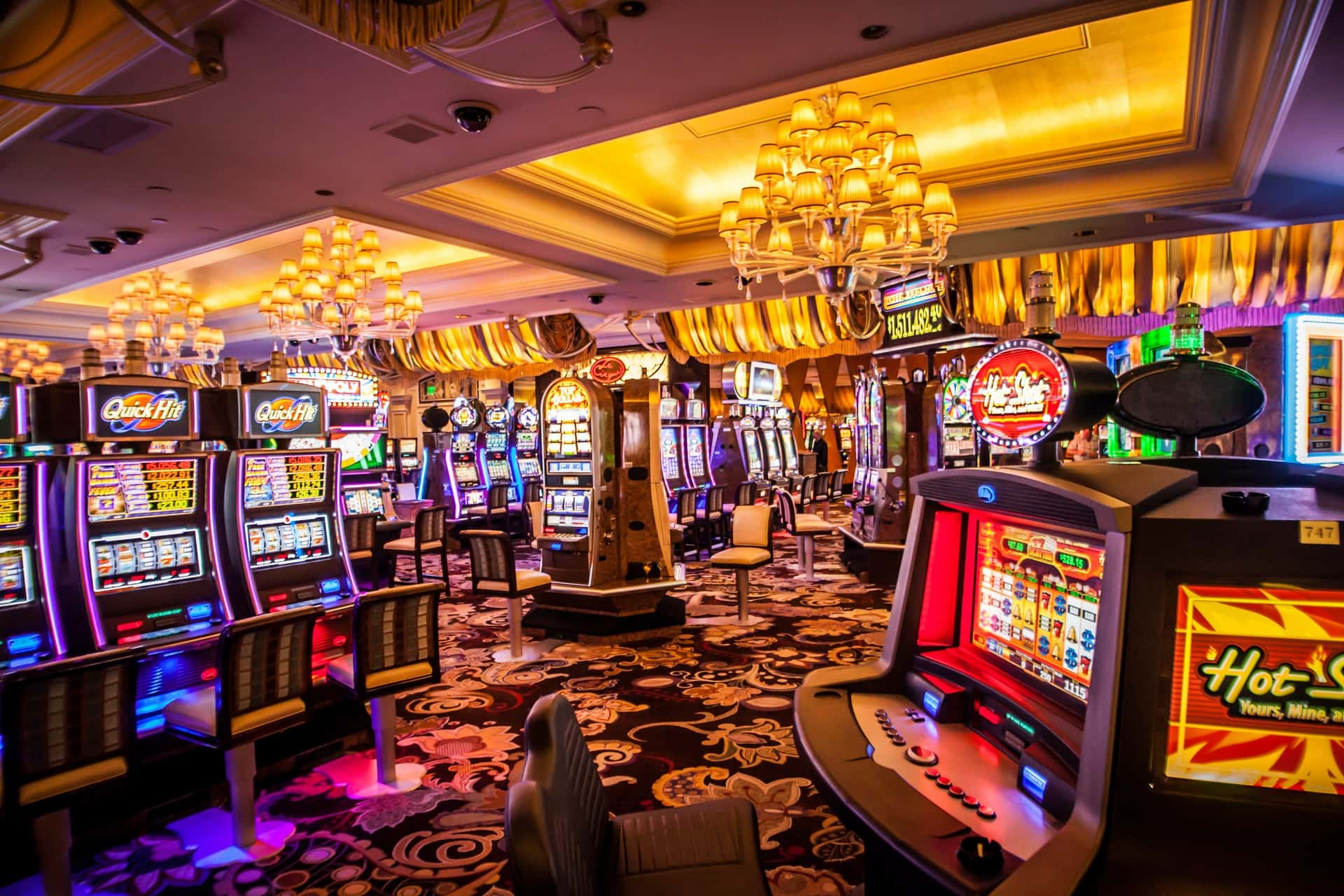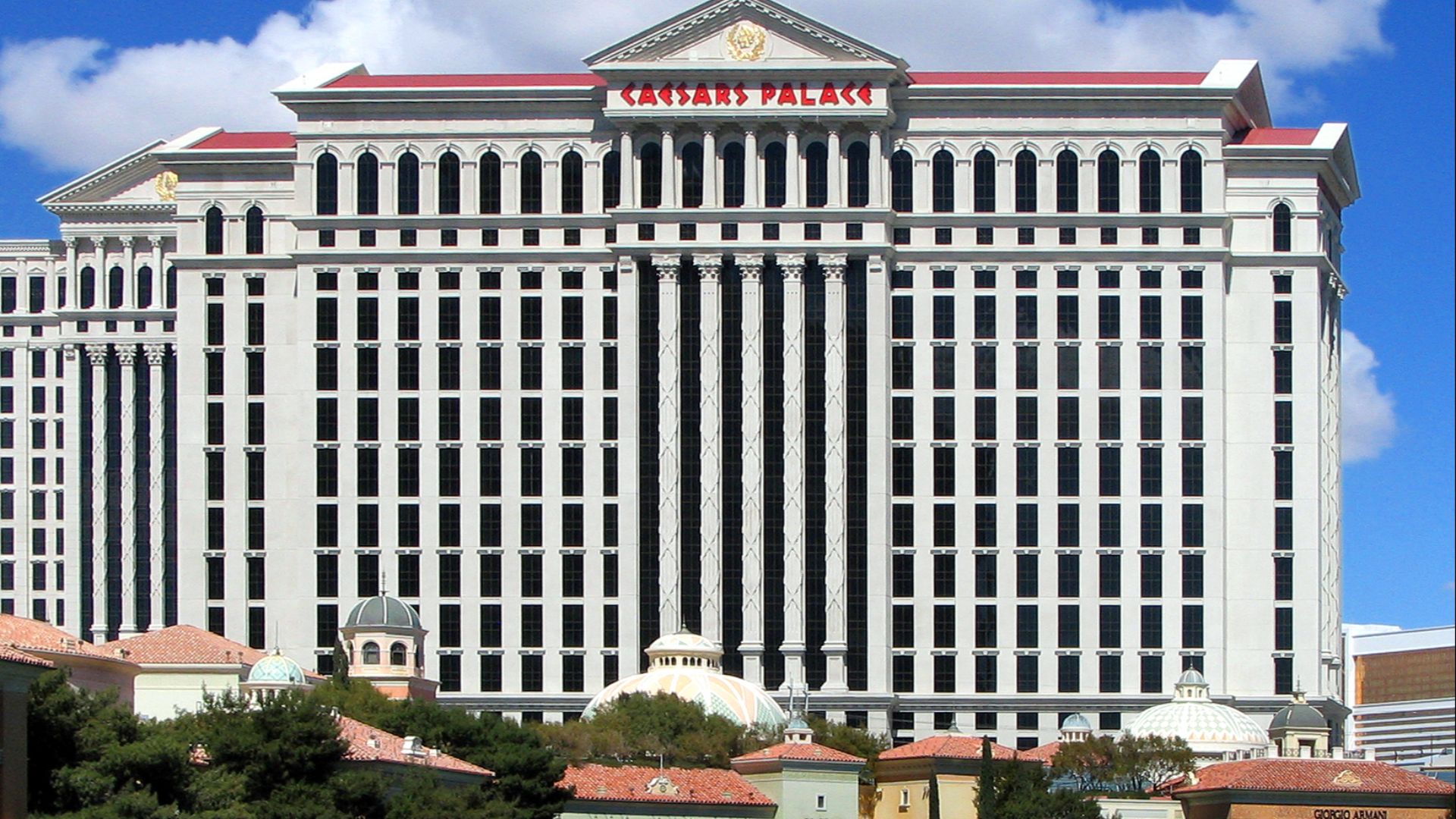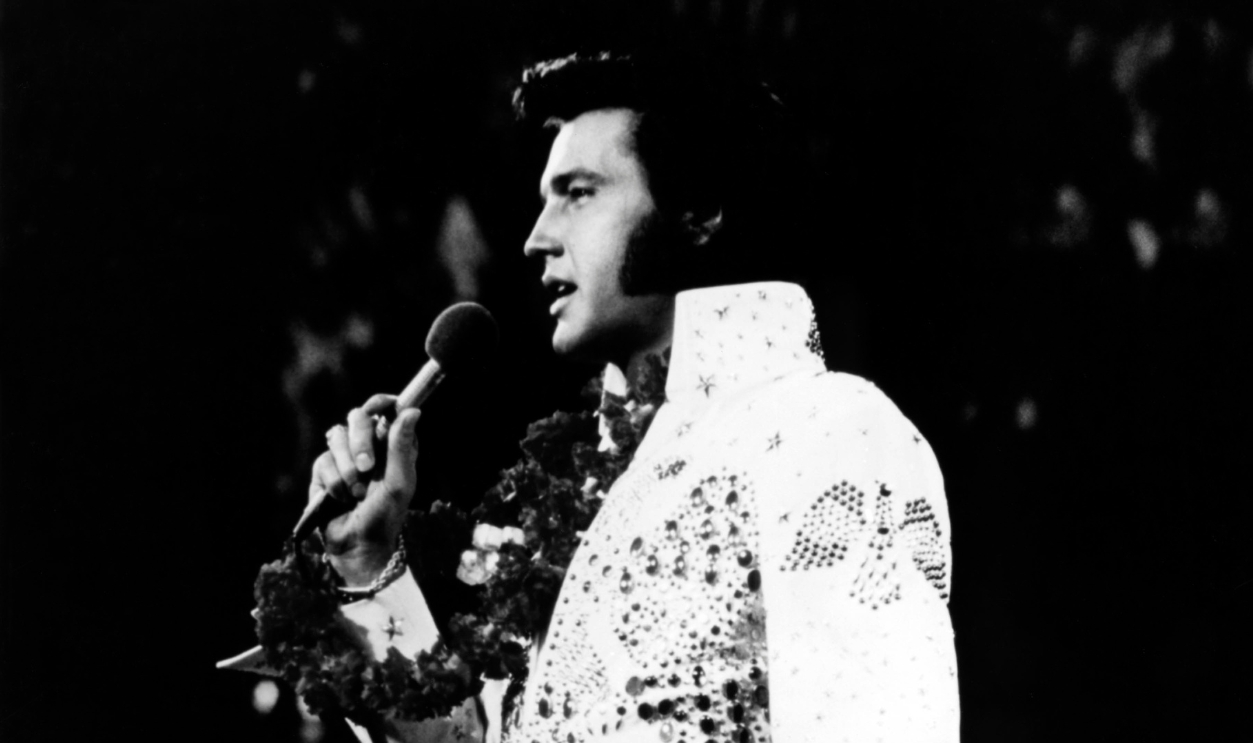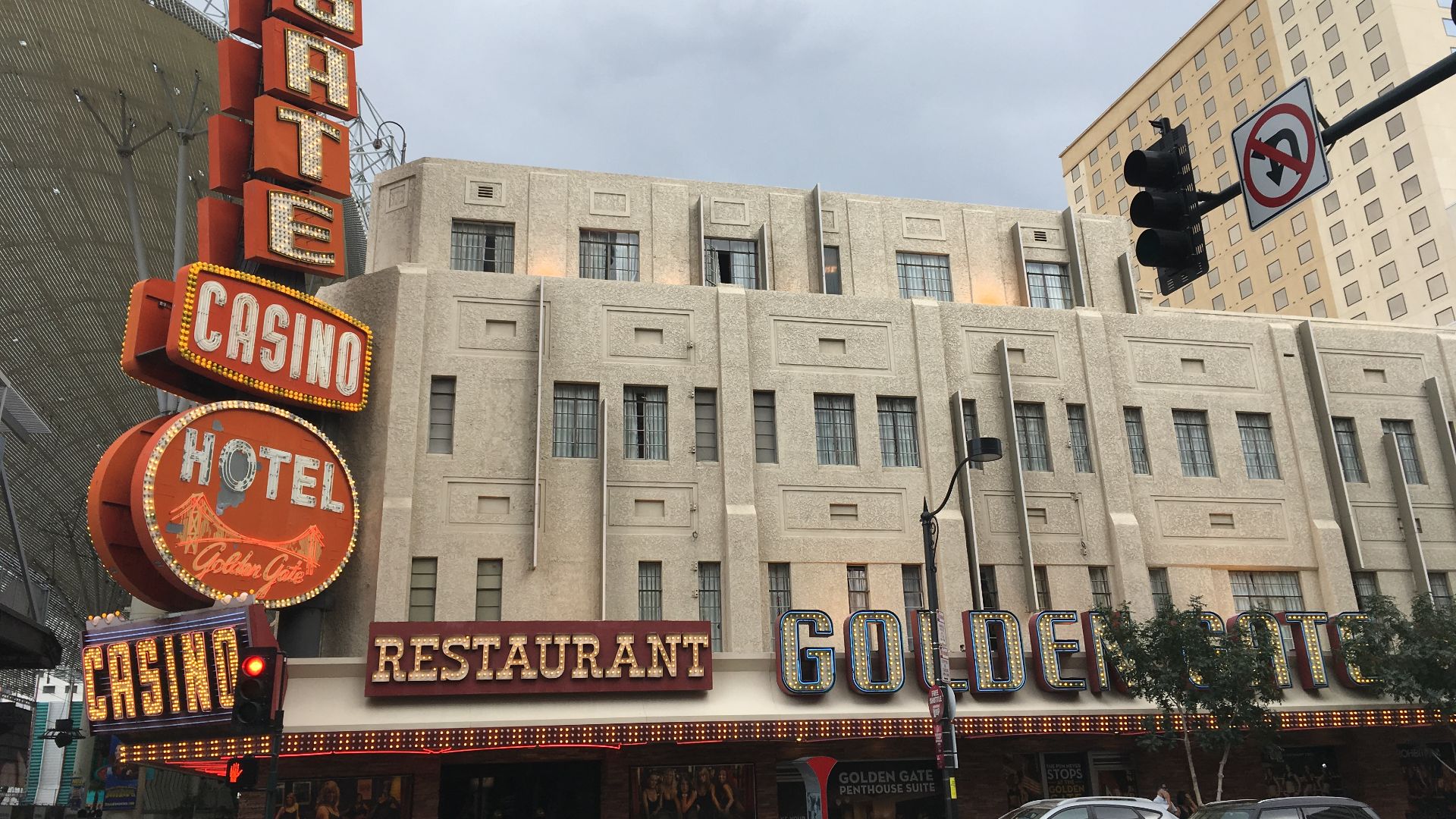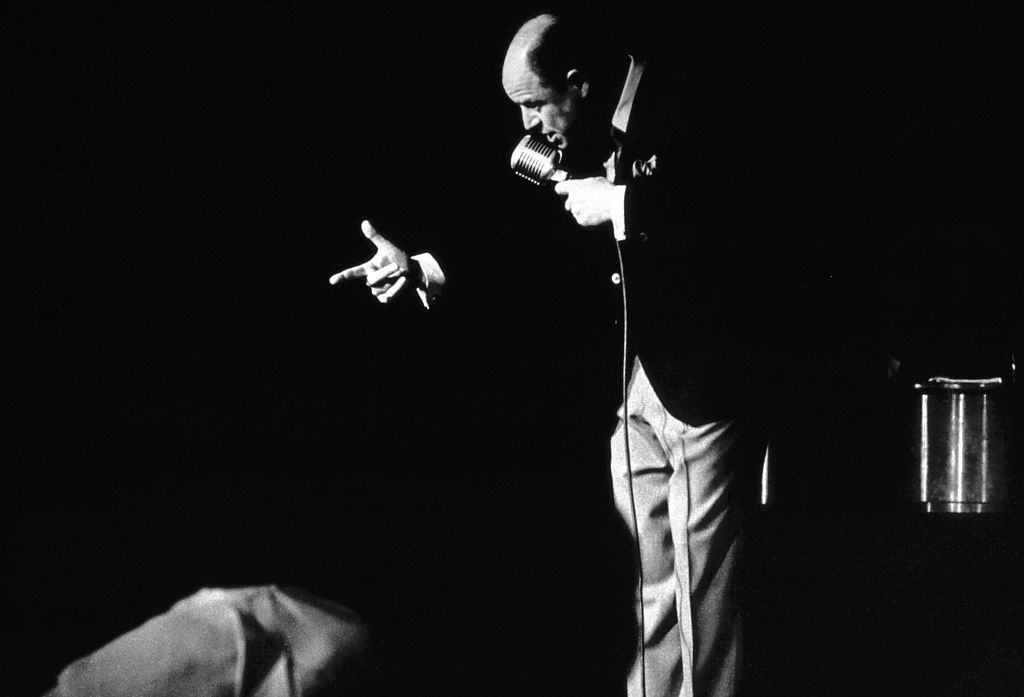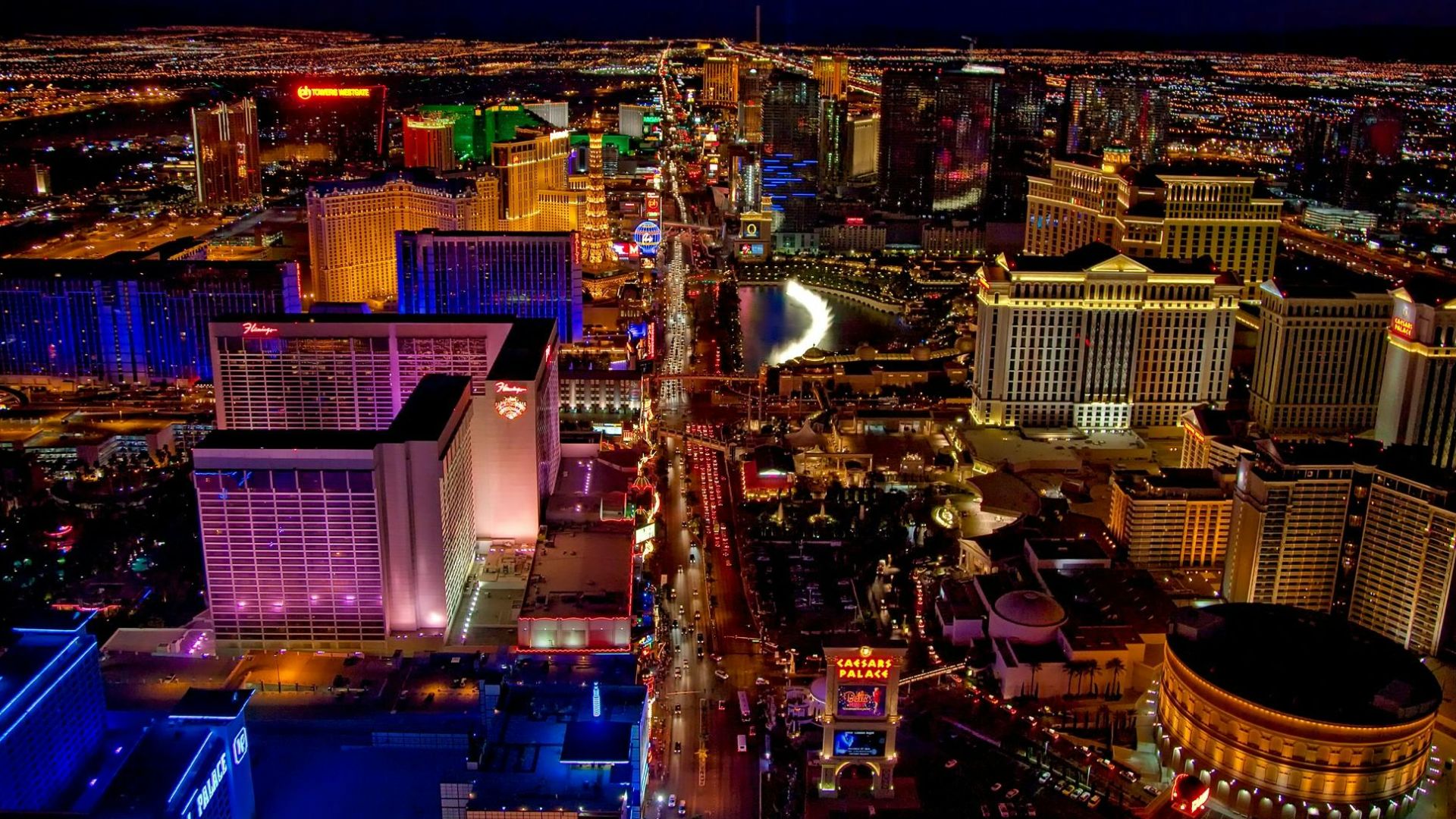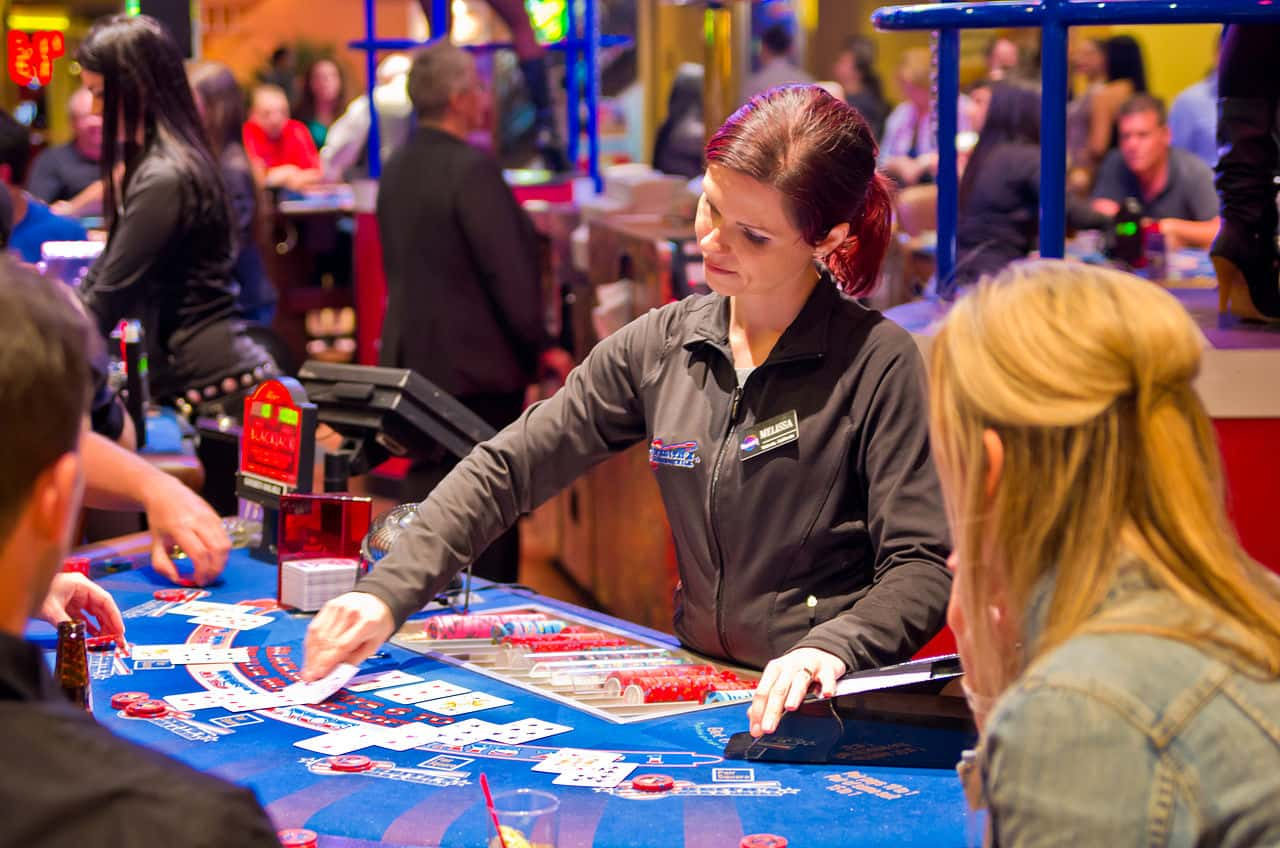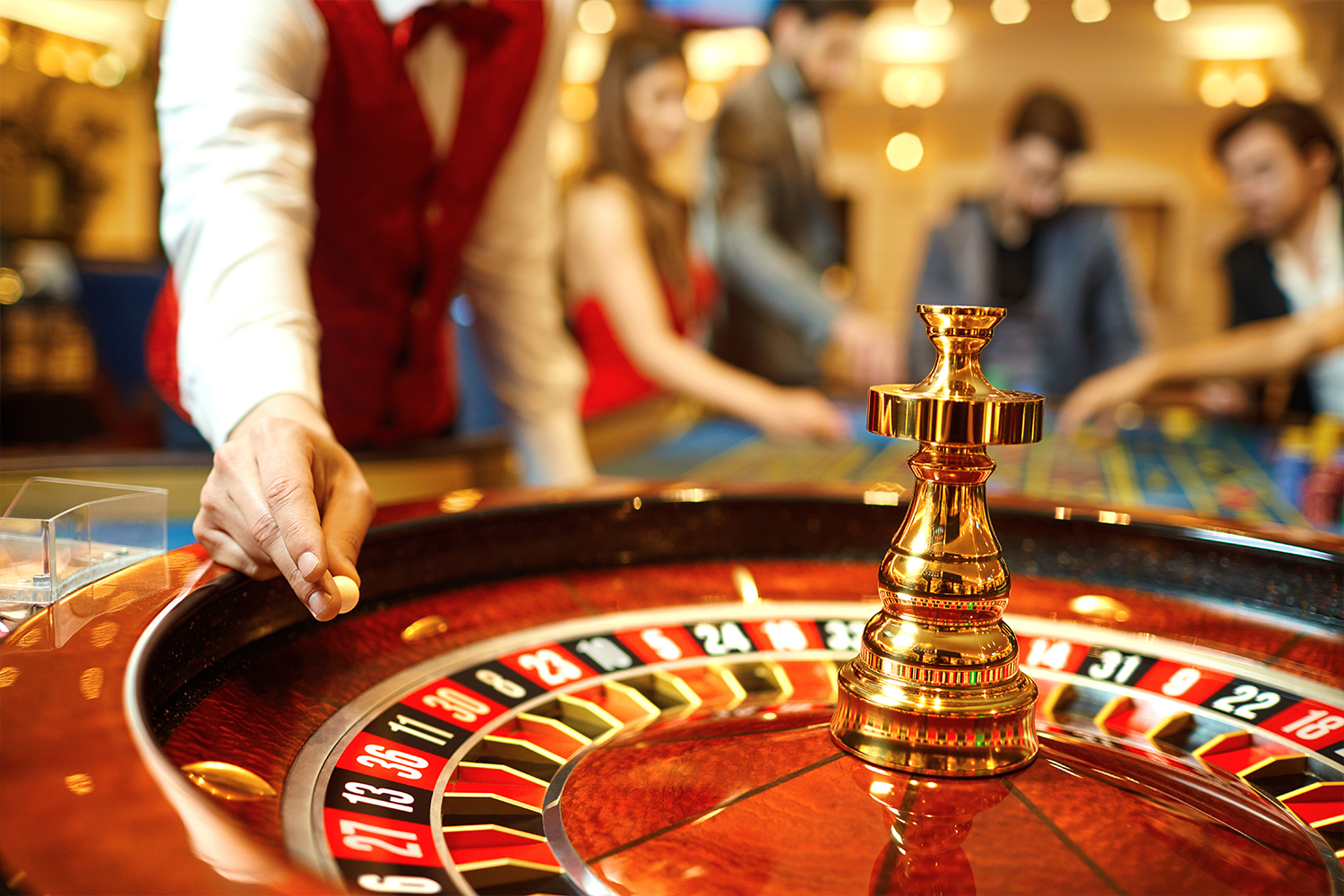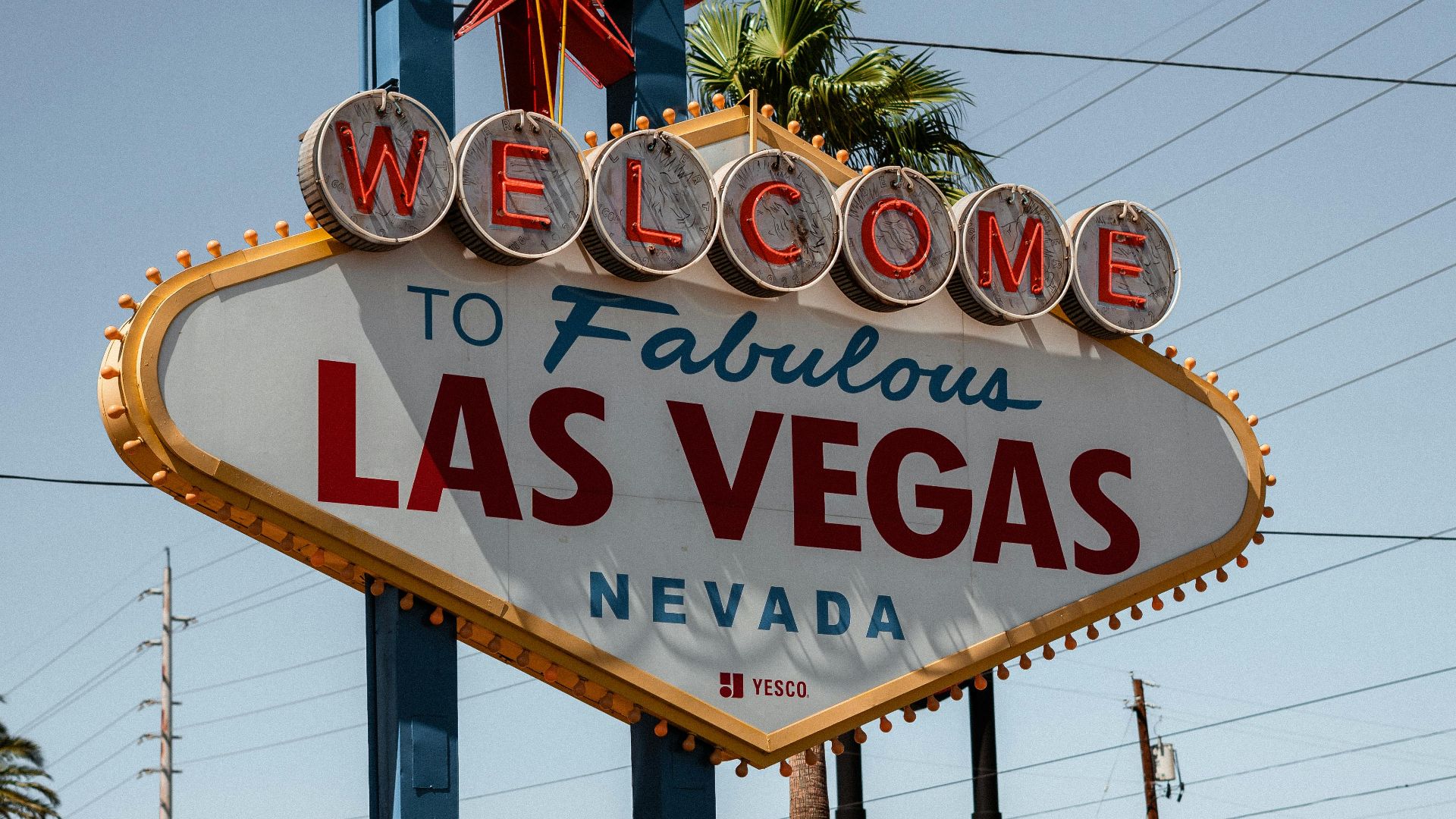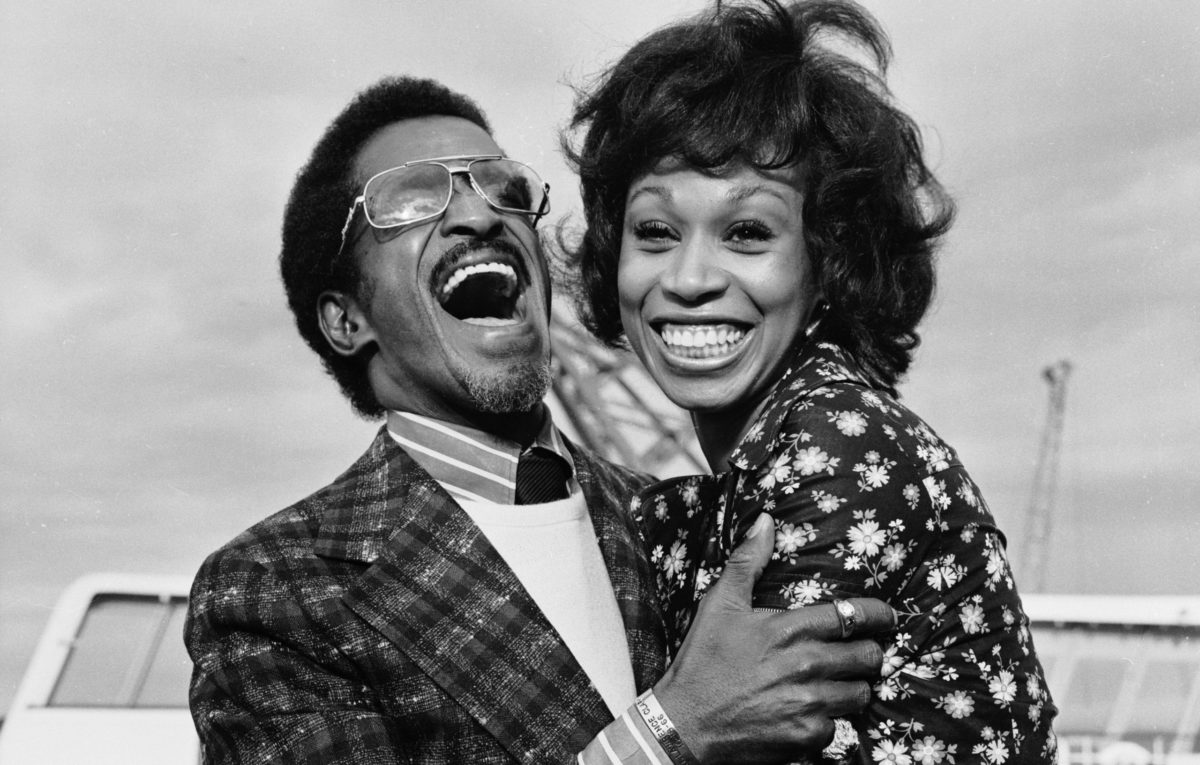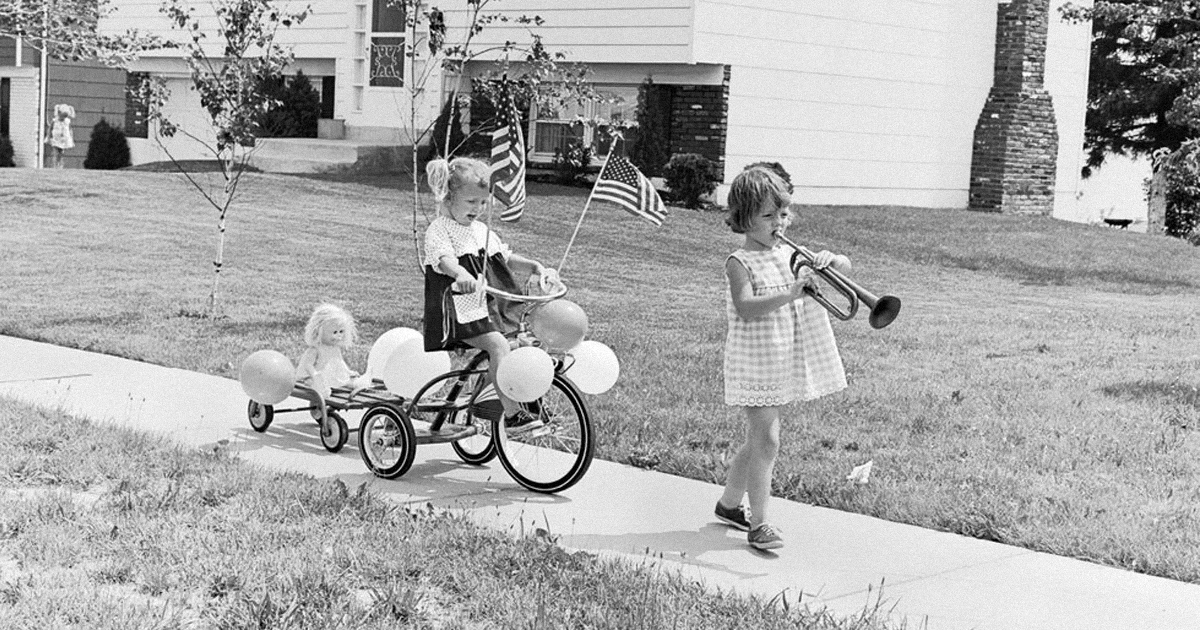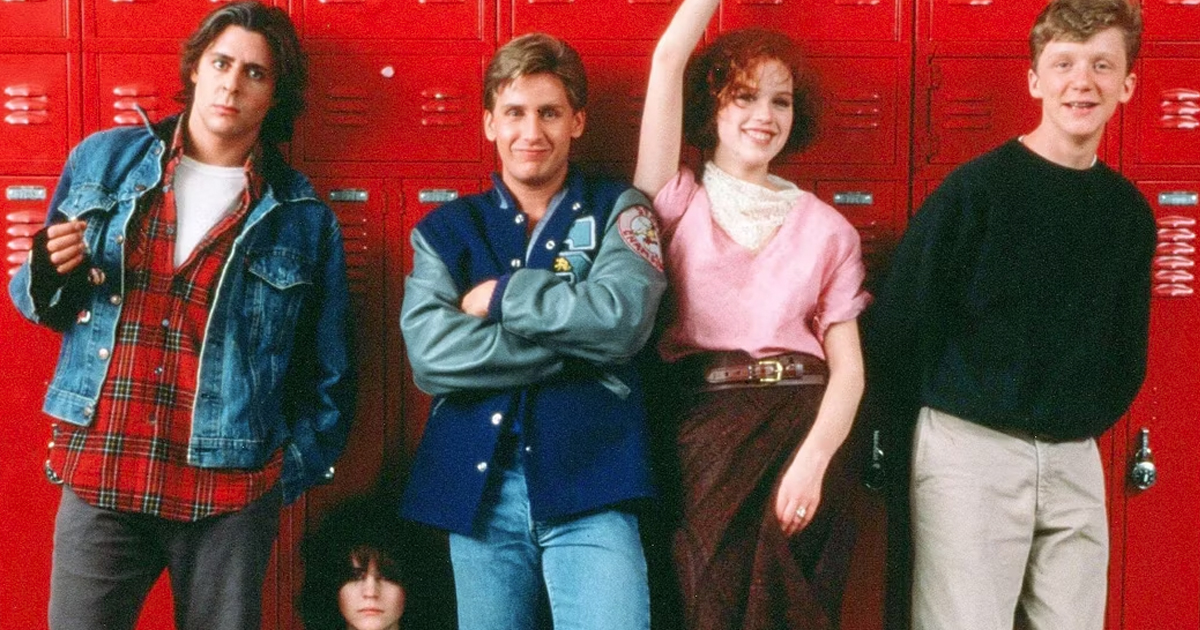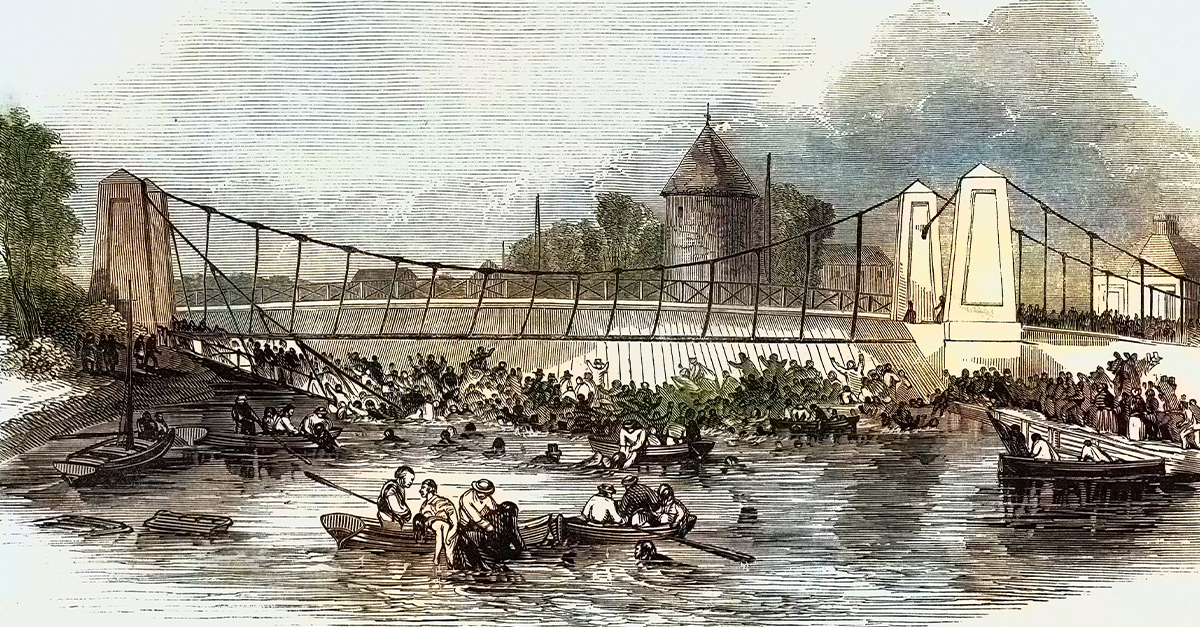Viva Las Vintage!
Before the mega-resorts, EDM festivals, and influencer pool parties, Las Vegas had something different—soul. In the 60s and 70s, the city was gritty, glamorous, and gloriously over the top. It was the era of Elvis, neon, mobsters, and $1 shrimp cocktails—when people came for a good time, not a selfie. Here’s why old-school Vegas was truly one of a kind.
The Mob Still Ran the Show (and Kept It Classy)
In the 70s, Vegas was still a mob town. Guys like Frank Rosenthal and Anthony Spilotro (the real-life inspirations for Casino) made sure the city ran smoothly—if a little violently. Sure, it wasn’t exactly legal, but it meant the city was run tight. Dealers were sharp, shows started on time, and cheaters didn’t get second chances (okay, so maybe for cheaters it wasn’t better in the 70s).
The Rat Pack Owned the Town
In the 60s, Frank Sinatra, Dean Martin, and Sammy Davis Jr. turned the Sands’ Copa Room into their playground. Their shows were unpredictable—songs, jokes, and martinis all flying at once. Half the audience was famous, the other half pretended to be, and everyone left feeling cooler than when they walked in.
Casinos Had Personality—Not Corporate Logos
Every casino had a theme and a soul. The Sands oozed Rat Pack sophistication, the Stardust shimmered with space-age flair, and the Dunes leaned into desert fantasy. Each had its quirks—some elegant, some tacky, all memorable. Now, every resort feels like it was designed by the same marketing team.
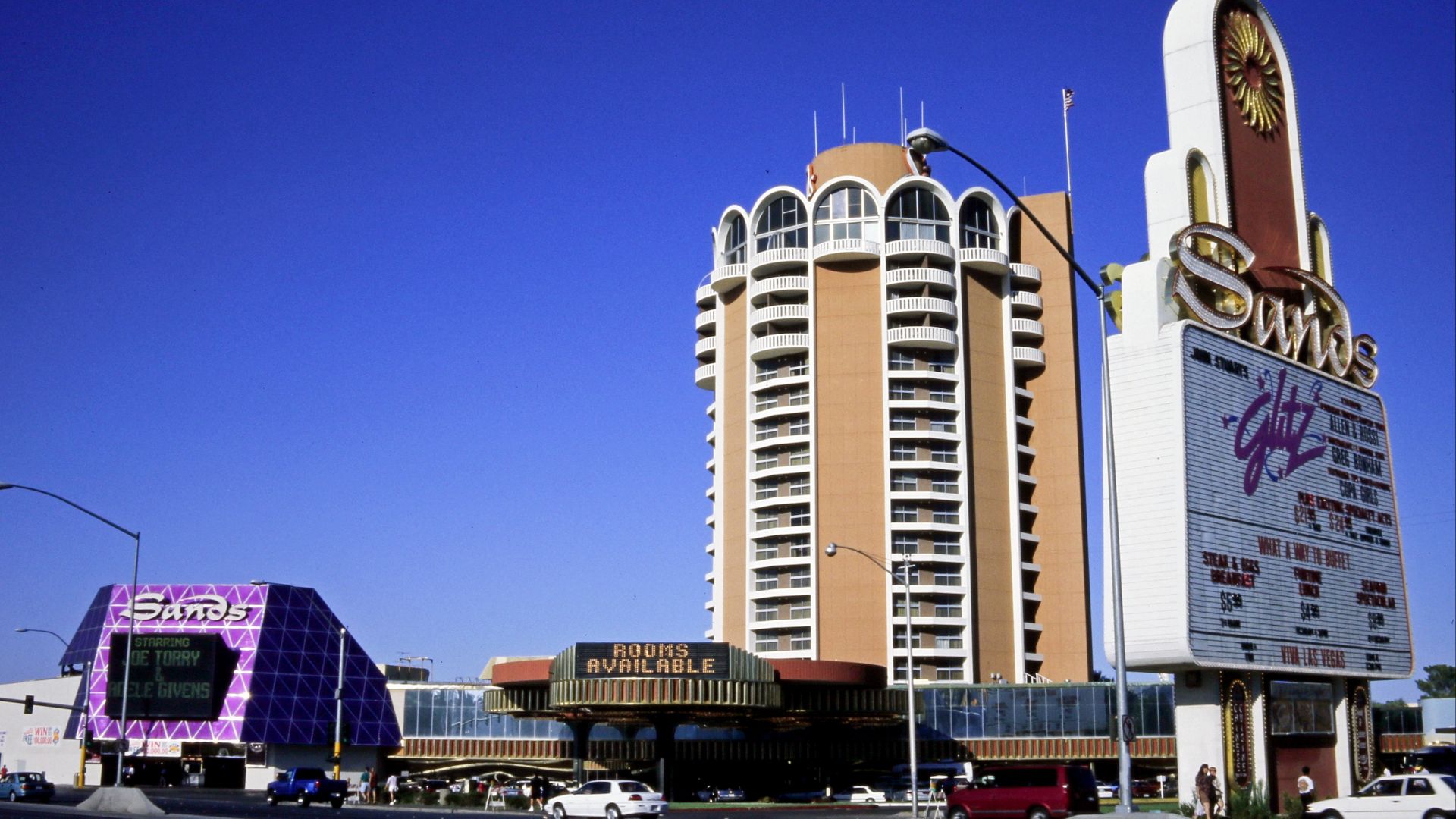 Christian Schmitt from Lohr, Deutschland, Wikimedia Commons
Christian Schmitt from Lohr, Deutschland, Wikimedia Commons
The Neon Lights Were Pure Magic
Vegas didn’t glow—it blazed. The Strip and Fremont Street were lit up with handcrafted neon signs built by local artists. The Vegas Vic cowboy waved over downtown, and the Stardust marquee lit the skyline like a supernova. LED billboards may be brighter, but they’ll never be cooler.
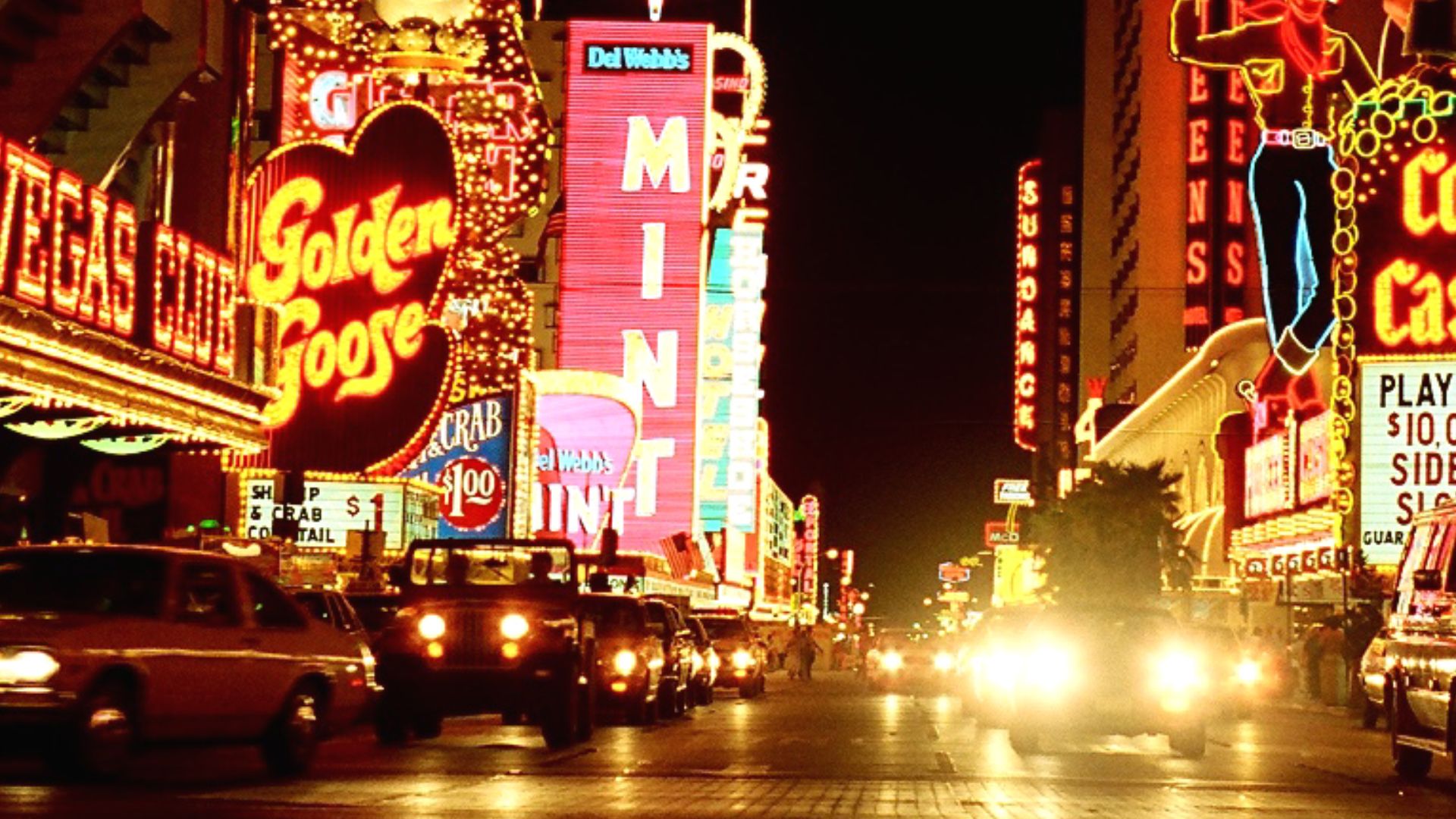 Larry D. Moore, Wikimedia Commons
Larry D. Moore, Wikimedia Commons
Slot Machines Paid Out in Real Coins
Winning meant something you could hear. Hundreds of coins would crash into a metal tray, turning heads across the floor. There were no vouchers or printouts—just the sweet sound of success (and maybe a few blisters from scooping quarters).
Rooms Were Cheap and Comfy
Casinos didn’t care about hotel profits—they just wanted you gambling. Rooms were dirt cheap, often comped if you played enough. Staying at Caesars Palace for $25 a night wasn’t a myth—it was marketing.
Elvis Made Vegas Cool Again
By the time Elvis Presley launched his residency at the International Hotel in 1969, Vegas needed a boost—and the King delivered. He performed over 600 sold-out shows, redefining what a residency could be. It wasn’t nostalgia; it was history in real time, complete with sequins and karate moves.
Buffets Were Cheap and Over the Top
Vegas invented the all-you-can-eat buffet, and by the 70s it had become an art form. For a few dollars, you could get prime rib, crab legs, and dessert piled a foot high. It wasn’t gourmet, but it was glorious—and calories didn’t count if you were gambling.
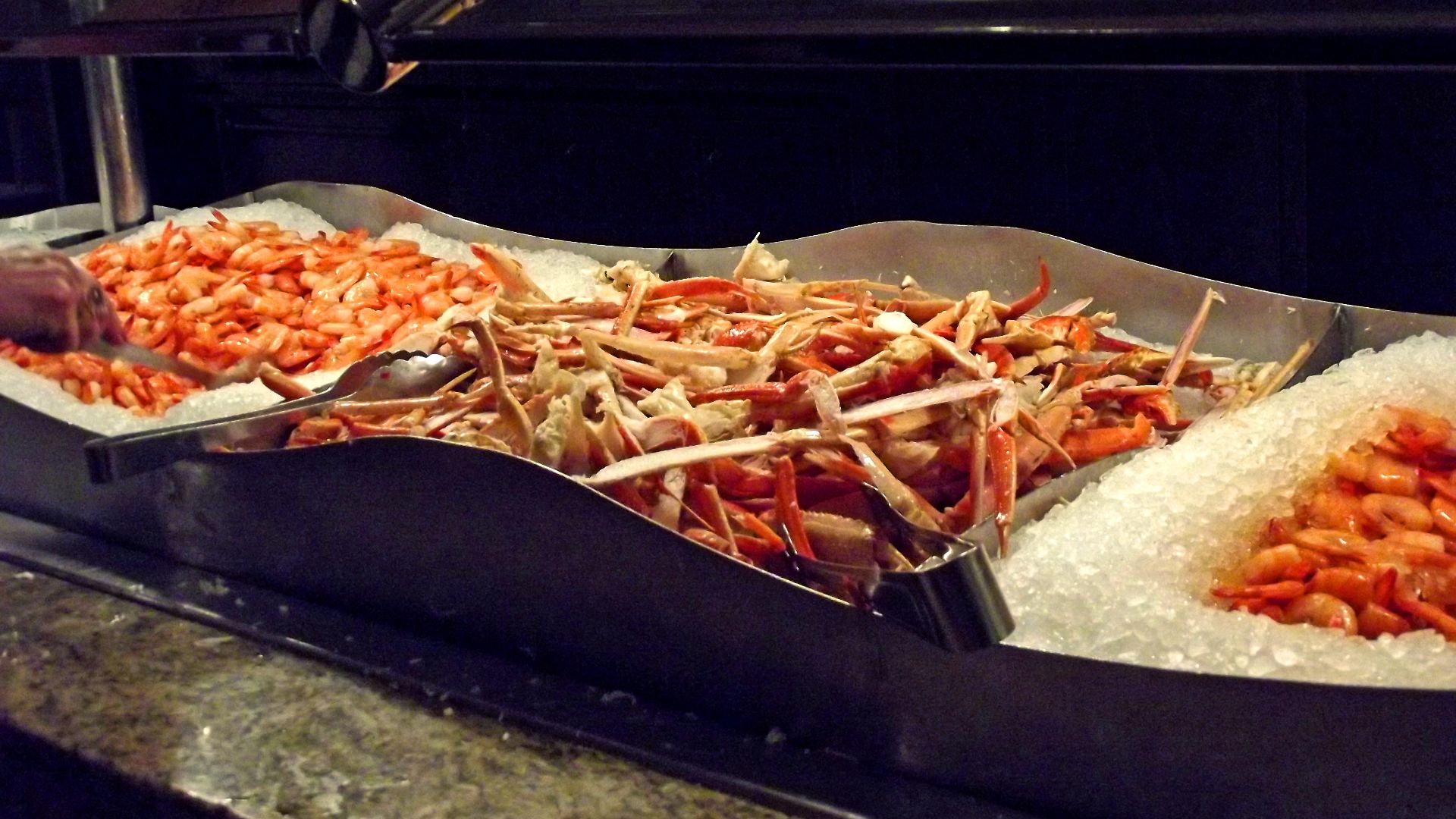 Mark Miller, Wikimedia Commons
Mark Miller, Wikimedia Commons
Shrimp Cocktails Were Practically Religion
The Golden Gate Hotel made the shrimp cocktail a Vegas icon. For 50 cents, you’d get a chilled glass full of shrimp and cocktail sauce. It was simple, fast, and wildly popular. People ordered them by the thousands—it was the Strip’s version of communion.
Showgirls Were the Symbol of the City
Feathers, sequins, rhinestones—the showgirl was pure Vegas glamour. The Folies Bergère at the Tropicana and Lido de Paris at the Stardust drew massive crowds. They weren’t backup dancers—they were the show. Today’s Vegas has acrobats, but back then, it had sparkle.
Lounge Acts Were the Real Nightlife
Before nightclubs and DJs, Vegas had lounges. Small stages, smoky rooms, and acts that mixed music and comedy with a stiff drink. Louis Prima, Don Rickles, and Sonny Charles all made their names there. If you didn’t laugh or sing along, you were probably asleep.
People Actually Dressed Up
In the 60s and 70s, showing up to the Strip in flip-flops would’ve been a crime. Men wore suits, women wore cocktail dresses, and even the tourists tried to look rich. Vegas wasn’t casual—it was an event.
 Donaldson Collection, Getty image
Donaldson Collection, Getty image
You Could Smoke and Drink Everywhere
The casinos were filled with cigarette smoke, neon light, and the sound of clinking glasses. Cocktail waitresses made endless rounds with free drinks, and nobody asked if you wanted water instead. It wasn’t healthy, but it was atmospheric—and it smelled like money.
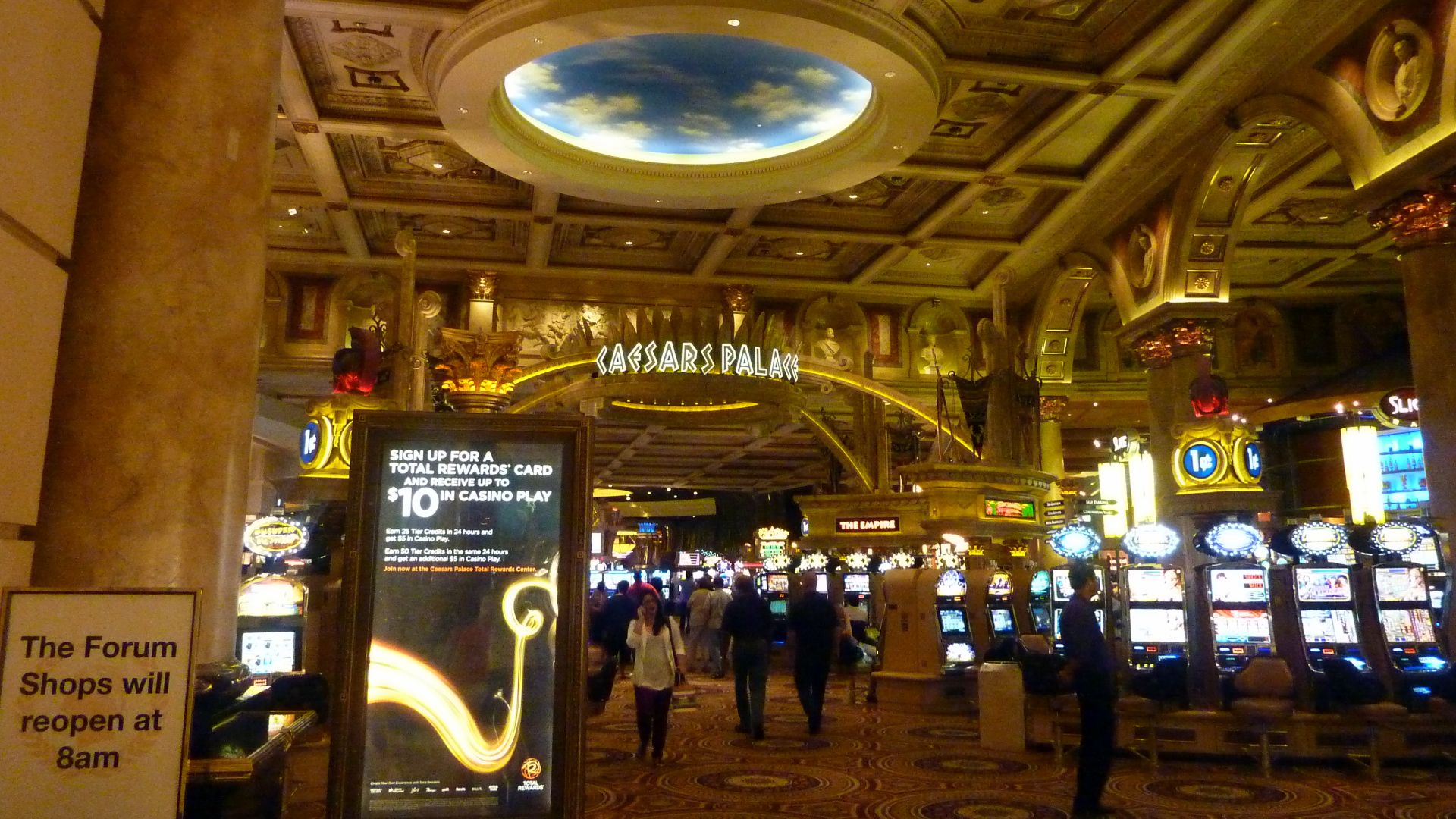 Sean MacEntee from Monaghan, Ireland, Wikimedia Commons
Sean MacEntee from Monaghan, Ireland, Wikimedia Commons
The Strip Was Surrounded by Desert, Not Malls
Outside the lights, it was nothing but open desert. No suburbs, no outlet stores, no traffic. Just neon in the middle of nowhere. It felt isolated and exciting—like the edge of civilization with better entertainment.
Downtown Was Still the Heart of the Action
Fremont Street was the place to be. Binion’s Horseshoe hosted poker legends, the Golden Nugget drew the high rollers, and everything was walkable. It was gritty, noisy, and felt alive 24/7—before anyone used that phrase.
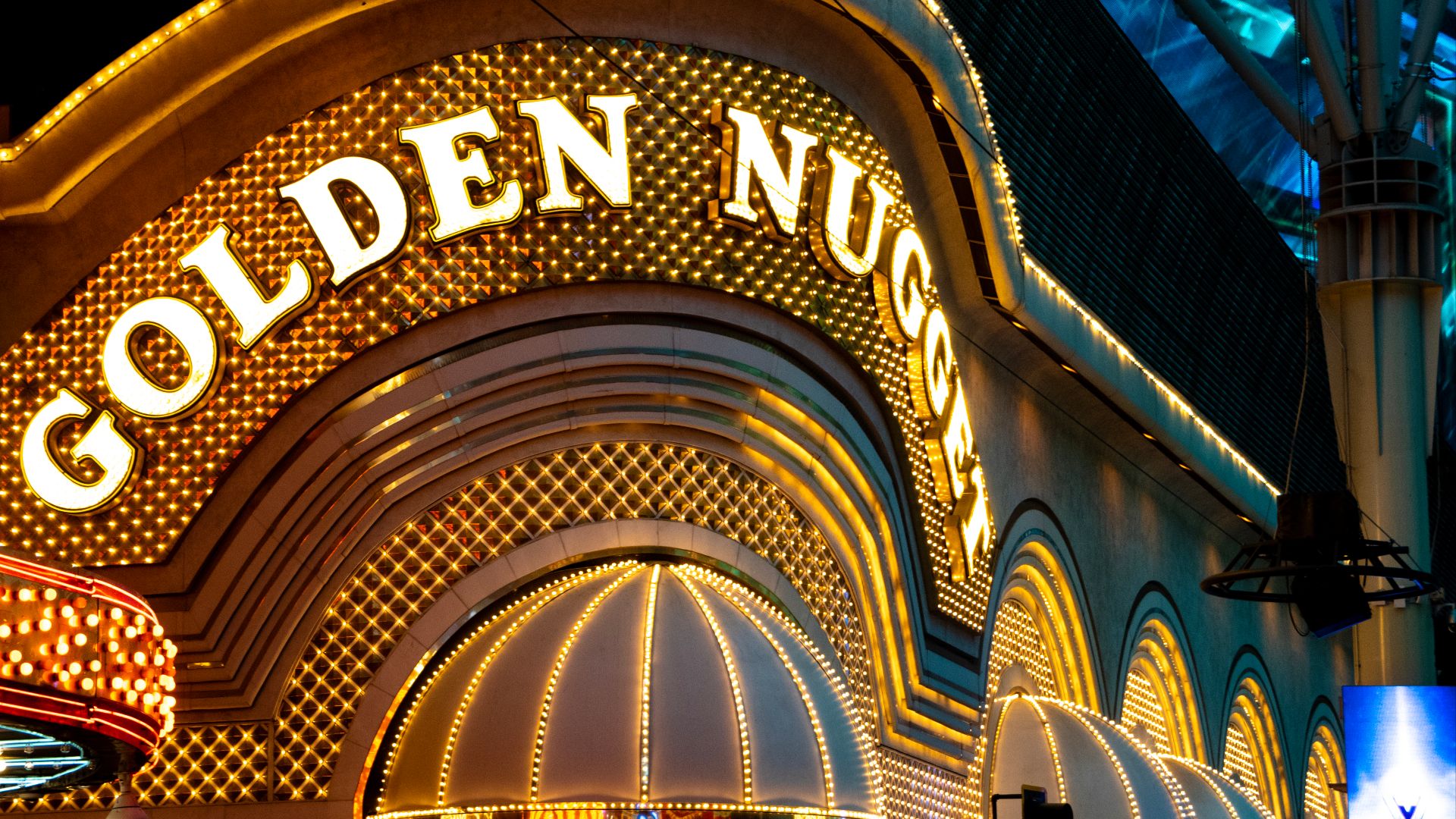 Julian Lupyan, Wikimedia Commons
Julian Lupyan, Wikimedia Commons
The Sands Was the Coolest Room in America
The Sands Hotel was more than a resort—it was an institution. Stars, mobsters, and millionaires all mingled at the Copa Room. Sinatra might croon one night, then gamble the next. It was elegant chaos, and everyone wanted in.
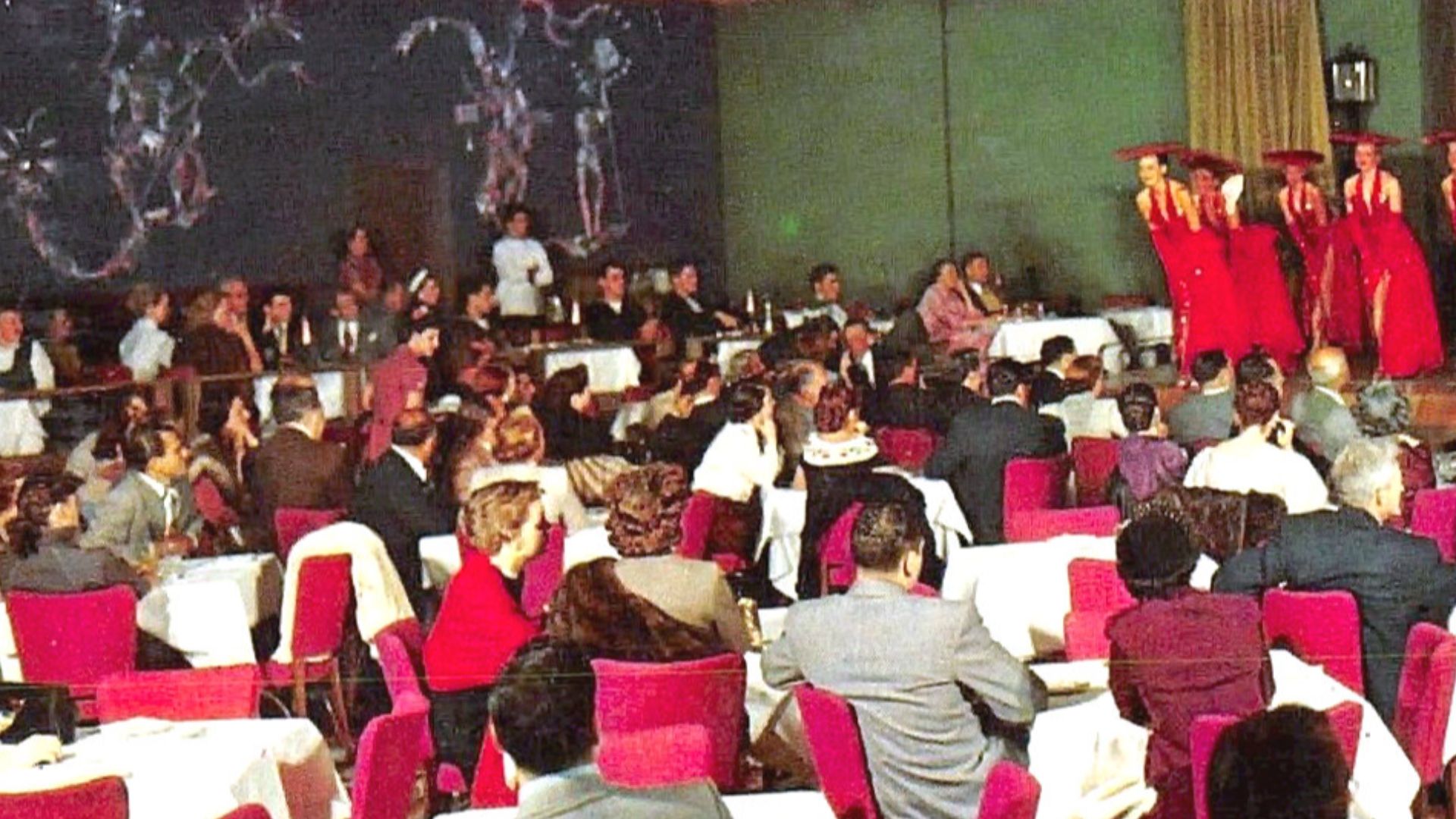 Desert Supply Company, Las Vegas, Wikimedia Commons
Desert Supply Company, Las Vegas, Wikimedia Commons
The Stardust Was Out of This World
The Stardust had it all: glitz, mob money, and a sign so bright it could guide planes. It hosted everything from topless revues to boxing matches, and nobody cared who you were as long as you tipped well.
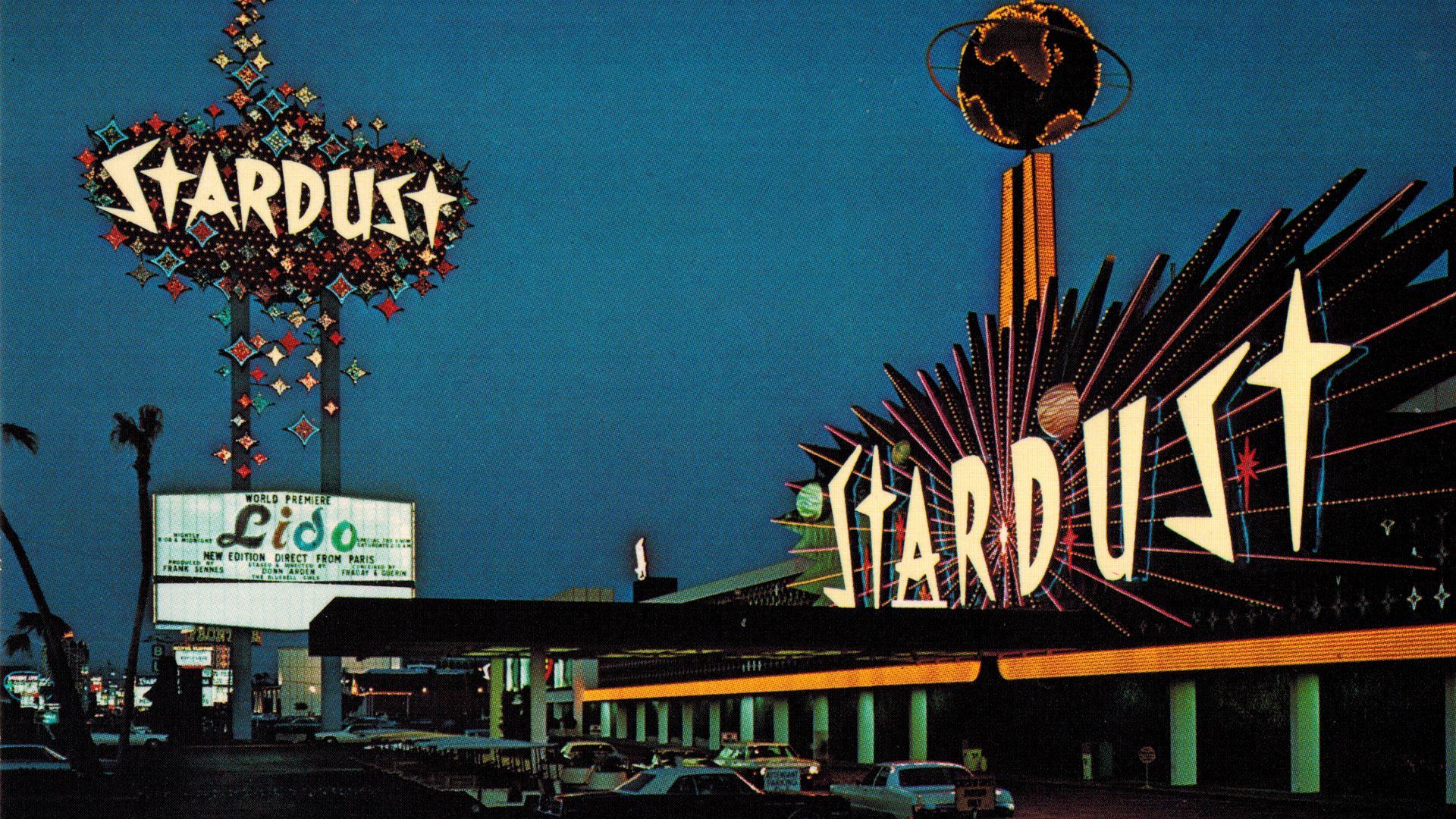 Uncredited photographer, Wikimedia Commons
Uncredited photographer, Wikimedia Commons
Free Drinks Actually Meant Free
If you were gambling, you were drinking—for free. No minimum bets, no players card needed. A tip and a smile got you another round. The house always won, but at least it kept you hydrated.
Locals Had Pride and Personality
Vegas was a smaller city then, and everyone knew someone who worked at a casino. Locals treated tourists like guests, not walking wallets. They’d laugh with you, give you tips, and maybe even remember your name the next time.
Variety Shows Ruled the Strip
You could see comedians, singers, magicians, and animal acts all in one night. Wayne Newton, Liberace, and Siegfried & Roy were household names. Vegas sold entertainment that anyone could enjoy—no light show required.
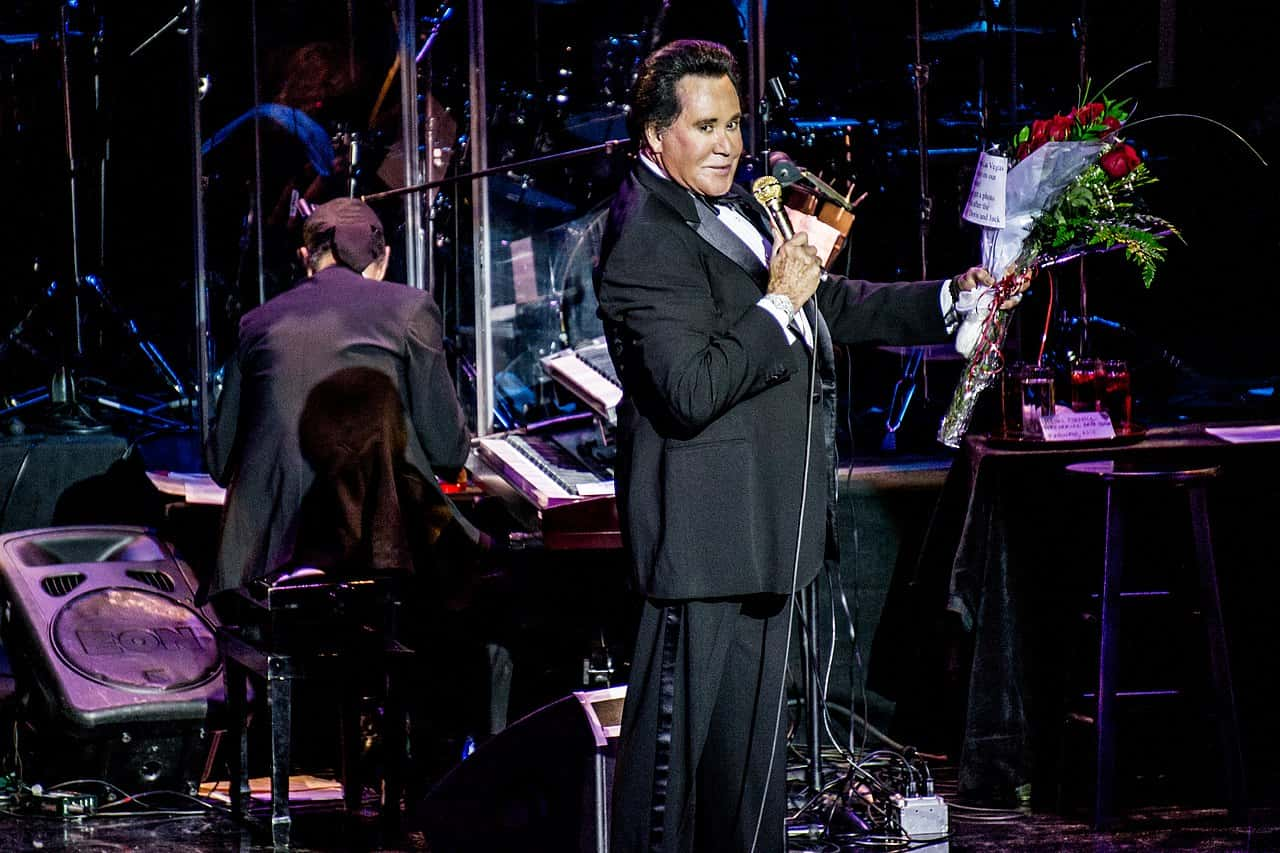 JamesPFisherIII, CC-BY-3.0, Wikimedia Commons
JamesPFisherIII, CC-BY-3.0, Wikimedia Commons
No Resort Fees
You paid what the sign said, period. No hidden amenity charges, no $50 fees for Wi-Fi and pool access. The only surprise charge was the one you racked up at the blackjack table.
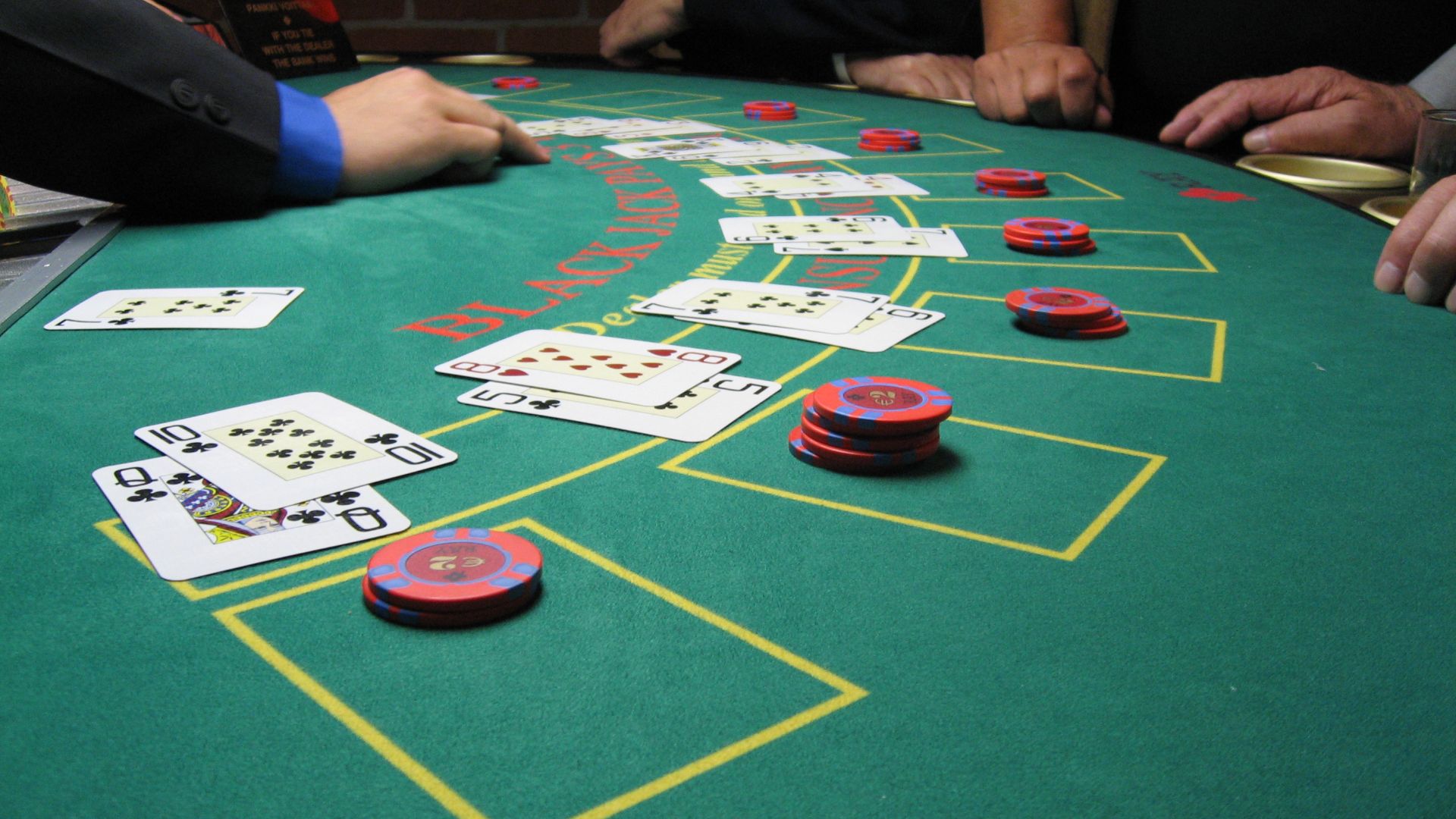 No machine-readable author provided. Ppntori assumed (based on copyright claims)., Wikimedia Commons
No machine-readable author provided. Ppntori assumed (based on copyright claims)., Wikimedia Commons
Vegas Weddings Were Fast and Fun
By the late 60s, Elvis-themed chapels were everywhere. You could walk in half-asleep and leave legally married in under an hour. It was impulsive, cheap, and somehow romantic. Vegas turned “what happens here” into a honeymoon.
The City Had an Edge
Vegas wasn’t trying to be wholesome. It was smoky, loud, and a little dangerous. You came to take risks, and sometimes the risks took you. But that thrill—that sense of “anything could happen”—was what made it magic.
Celebrities Actually Hung Out There
You could spot Tom Jones, Cher, or Sammy Davis Jr. at the bar, in the crowd, or at the craps table. They weren’t hiding behind velvet ropes—they were part of the party. Vegas was their second home, and nobody minded the paparazzi because there weren’t any.
It Was Still Vegas—Not a Theme Park
There were no roller coasters or shopping malls, just casinos, cocktails, and chaos. It was smaller, friendlier, and wilder. Vegas didn’t need to reinvent itself every few years—it already had the perfect formula: lights, laughter, and a little bad behavior.
You Might Also Like:
The Best States In America—According To Europeans
The 30 Dirtiest Cities In America—Ranked According To Data
Ranking The Worst U.S. Cities For Commuters—According To Data

